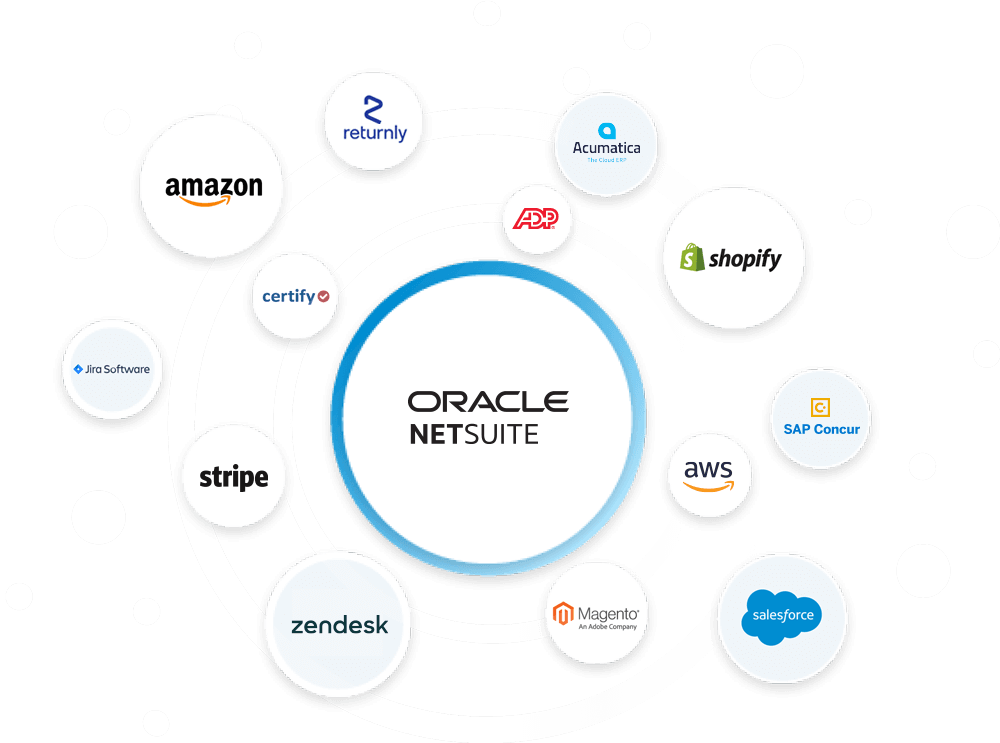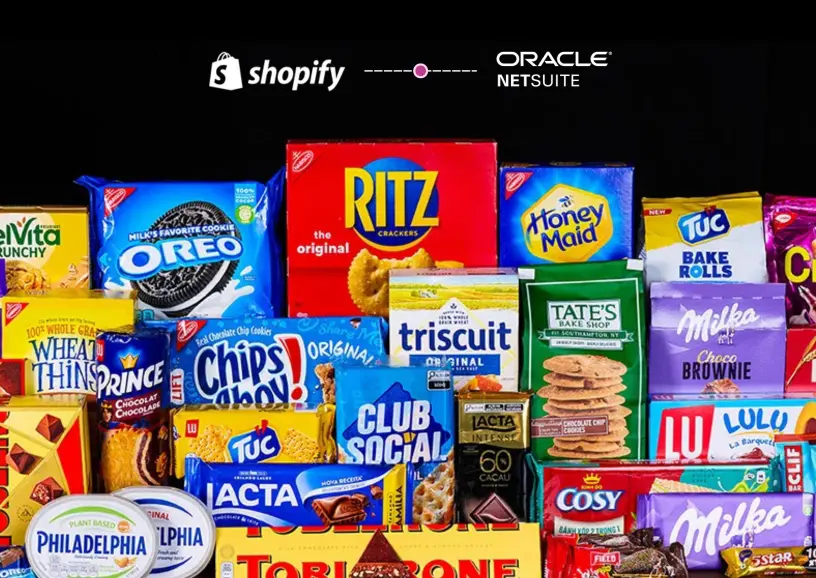Shopify–NetSuite Connector Limitations Stalled Growth
A growing petshop brand was scaling fast—but their systems weren’t keeping up. Shopify powered both their online pet supplies store and wholesale orders, while NetSuite handled their back-office operations. Tying those systems together was the NetSuite Connector (NS Connector), but it began to fall short once the business made a key operational shift.
They partnered with a new third-party logistics (3PL) provider that integrated directly with Shopify. This streamlined fulfillment from the warehouse side—but broke the sync between Shopify and NetSuite. Fulfillment events triggered by the 3PL were no longer reflected in NetSuite. Orders sat in limbo. Inventory tracking became unreliable. Financial workflows slowed down.
At the same time, another issue surfaced in their wholesale operation. Many of their B2B customers—pet boutiques, groomers, and distributors—placed orders on net terms. But the NS Connector didn’t push orders into NetSuite unless payment was completed. This forced the operations team to manually enter orders into NetSuite—burning hours every week and increasing the risk of error.
Off-the-Shelf Integration Tools Weren’t Built for This
While the NS Connector is designed for standard retail flows, it couldn’t flex to meet this petshop’s growing operational needs. As soon as their workflows stepped outside the bounds of “plug-and-play,” the limitations became blockers.
To scale confidently, they needed:
- A way to create Item Fulfillments in NetSuite when Shopify receives fulfillment data from their 3PL
- A solution for pushing B2B orders with pending payments into NetSuite automatically
The goal was to remove manual touchpoints entirely—and build a solution that could grow with them.
Building a Reliable Shopify–NetSuite Integration
Hairball implemented a custom solution using the Integration App (IA), giving the petshop the flexibility and automation their business needed—without abandoning their existing tools.
Real-Time Fulfillment Sync Between Shopify and NetSuite
We developed a flow that listens for any fulfillment event in Shopify—regardless of the source—and immediately creates a matching Item Fulfillment in NetSuite. Now, when their 3PL ships an order, the system reflects that update automatically. Inventory remains accurate, and downstream processes like invoicing and revenue tracking work as expected.
Wholesale Orders Pushed into NetSuite, Even with Terms
Next, we addressed the B2B side of the business. We configured a flow that captures orders from Shopify even if payment is pending. Those orders now land in NetSuite with full detail, enabling warehouse teams to pick, pack, and ship without delay—and giving finance and operations teams better visibility.
These automations are easily configurable and designed to adapt to future changes, whether that’s a new logistics partner, a seasonal surge in orders, or expanded wholesale offerings.
Full Automation in 30 Days, Zero Manual Order Entry Since
We launched the solution in just over a month—kicking off on February 28 and going live on April 1. Since then, the petshop’s ops team hasn’t had to manually enter a single fulfillment or wholesale order.
Here’s what’s improved:
- 3PL-fulfilled Shopify orders now sync directly into NetSuite as Item Fulfillments
- Wholesale orders with pending payments are automatically created in NetSuite
- Manual work is eliminated, and operations run smoothly across both B2C and B2B
This petshop now has a system that’s accurate, scalable, and ready for whatever’s next.
Looking to fix similar gaps in your own Shopify–NetSuite workflows?
Explore how our Shopify–NetSuite integration can help you automate, scale, and stay flexible.



